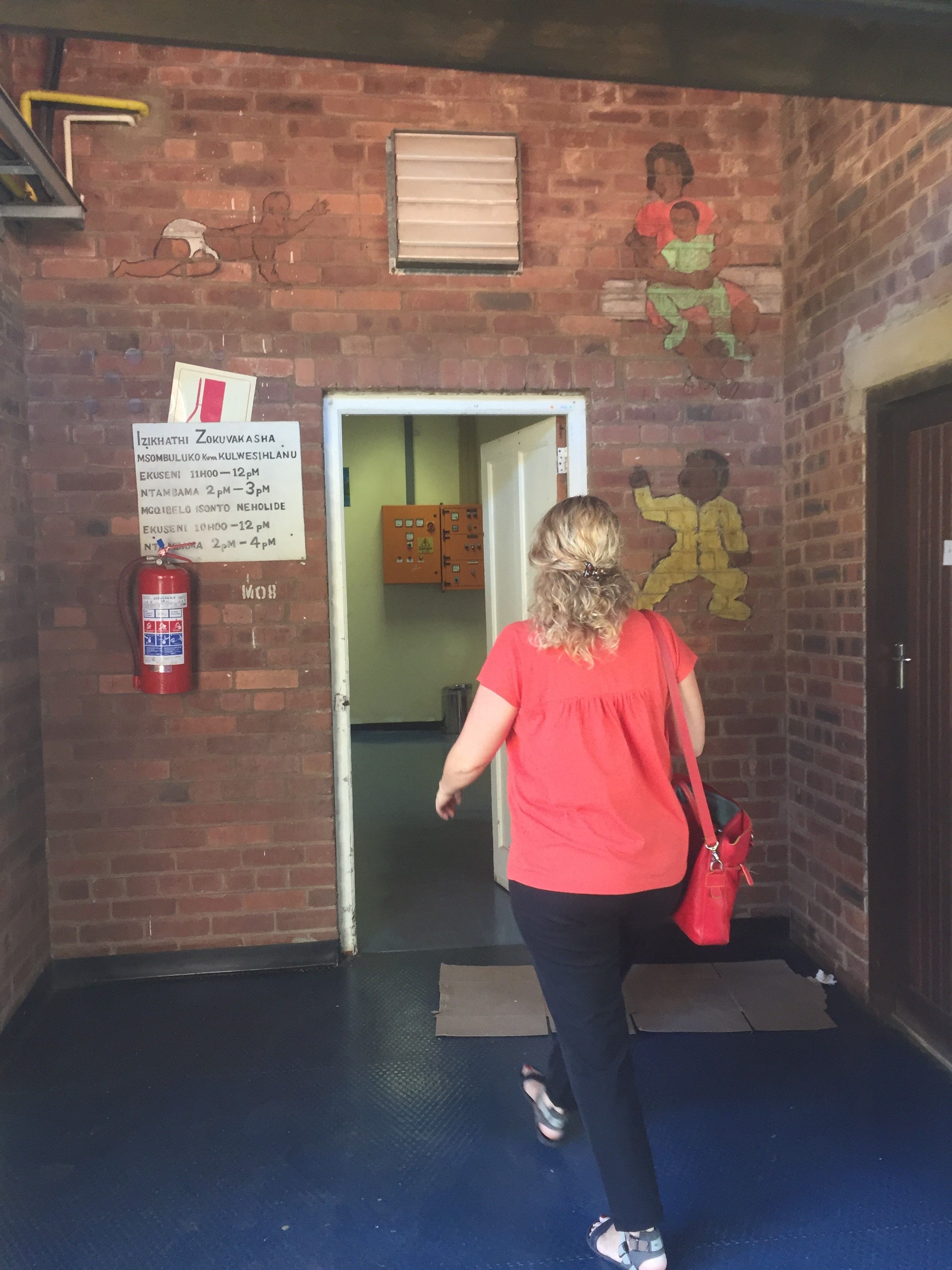
Kwazulu-Natal, South Africa
KwaDakuza (Stranger) Hospital
March-April, 2017
I recently completed a clinical elective at a hospital in KwaDakuza (Stanger) located in the province of Kwazulu-Natal in South Africa. KwaDakuza is a town located approximately 75 kilometers north of Durban along the eastern coast of South Africa. I spent 6-weeks during March and April of 2017 rotating through several pediatric units at the hospital. I was supervised by the Department Chair of Paediatrics, Dr. Jeroen Van Lobenstein.
To give you a better understanding of the community which the hospital serves, KwaDukuza has a population of a little over 230,000.1 Demographically, the population is 78.8% Black African, 14.1% Indian, and 5.6% white. Twenty-nine percent of the population is below the age of 14-years-old. Only 28.4% of those over the age of 20 have completed matriculation and the unemployment rate is 25%. Although 80% live in “formal dwellings,” only 33.6% of those dwellings have piped water inside. Geographically, as you move away from the coast into the more rural areas, the unemployment rate and the number of individuals in poor living conditions rises dramatically.
Stanger Hospital is a regional hospital with 500 beds and a catchment of over half a million people. In South Africa, the public health sector has a hierarchy that includes community health care centres, primary, secondary, and tertiary level hospitals. Stanger is classified as a secondary-level or regional hospital. Resources are more available than in district hospitals, however are still limited. Regarding imaging, there is one CT machine for the entire hospital and no MRI machine.
Because resources are limited and the departments are often short-staffed, medical students can prove to be a true asset to the medical team at Stanger. Following the “see one, do one, teach one” model, medical students are welcomed to assist with many of the medical procedures. Students will gain plenty of hands-on experience and improve their procedural skills during this elective. Not only was I able to improve my physical exam and procedural skills, but also I gained experience with infectious disease processes that are relatively rare in the United States. Each day, I encountered patients who I had previously only read about in medical textbooks. Rheumatic heart disease, complicated HIV-tuberculosis patients, and severe acute malnutrition were illnesses I dealt with on a daily basis. Once a week, I traveled with one of the consultant pediatricians to a district hospital in the surrounding rural area. Here, we provided specialty care to general practitioners who were treating children.
Within this setting, it was my hope to gain a better understanding of how social determinants influenced the health of the community I was serving. I began to notice health discrepancies that could not be solely accounted for by the low resources of the hospital. The children who were presenting to the hospital were battling diseases we have little experience with in the United States. Additionally, they were presenting at advanced stages making it extremely difficult to effectively treat them. I experienced more death in my short 6-weeks at Stanger Hospital than I have in all of my previous experiences combined.
In theory, every South African citizen should have access to health care. Receiving care from a community health centre is free and the centres are strategically located to serve the urban and rural populations across the country. In reality, however, individuals in rural areas may live several hours away from medical help without access to a motorized vehicle. Though clinics are supposed to be open 8 hours daily, this is not always the case. At the regional hospital, I noticed that many of the health care providers struggled to communicate effectively across language and cultural barriers. Often, interventions that began within the hospital walls met resistance in the community amidst the traditional healers, or Sangomas. Even though progress is being made in detecting HIV and initiating treatment, the incidence of HIV infection remains extremely high within the province of Kwazulu-Natal. Forty-six percent of the mothers who delivered at Stanger Hospital in February of 2017 were HIV positive. Although transmission rates from mother to child have decreased to 1.2% (from 6.8% in 2010), HIV incidence rates have failed to decrease in the general population.2 Clearly there are still many social behaviors that must be addressed in order to make continued progress in the HIV/AIDS epidemic.
Reflecting upon my experience, I have left with a greater appreciation for the challenges that the South African health care system faces. Even with the progress that has been made, there is a substantial amount of work yet to be accomplished. Amongst these challenges, Stanger Hospital has great strengths that I was able to learn from. Their multi-disciplinary, integrative approach to treating malnutrition was remarkable and a model that I wish to emulate with different disease processes in my own practice. In the future, I would like to gain a better understanding for how the Health Department measures and tracks their success in health care outcomes. The focus of my trip was pediatrics, however I realize that access to prenatal care dramatically affects the neonatal mortality rate. In the future, I would like to explore prenatal care and family planning options in the community that I served. The best advice that I could give to students who are interested in doing an elective at Stanger Hospital is to be proactive throughout your rotation. Stay involved with the management of your patients; you are truly able to make a difference! If there is something that you are interested in doing, make it known to the team. Read about your patient’s conditions after you leave the hospital. There may not always be someone there to explain the diagnosis, management, and prognosis of each patient so take it upon yourself to be an active learner. It will be a truly remarkable experience if you remain proactive throughout your time at Stanger Hospital. Enjoy!

